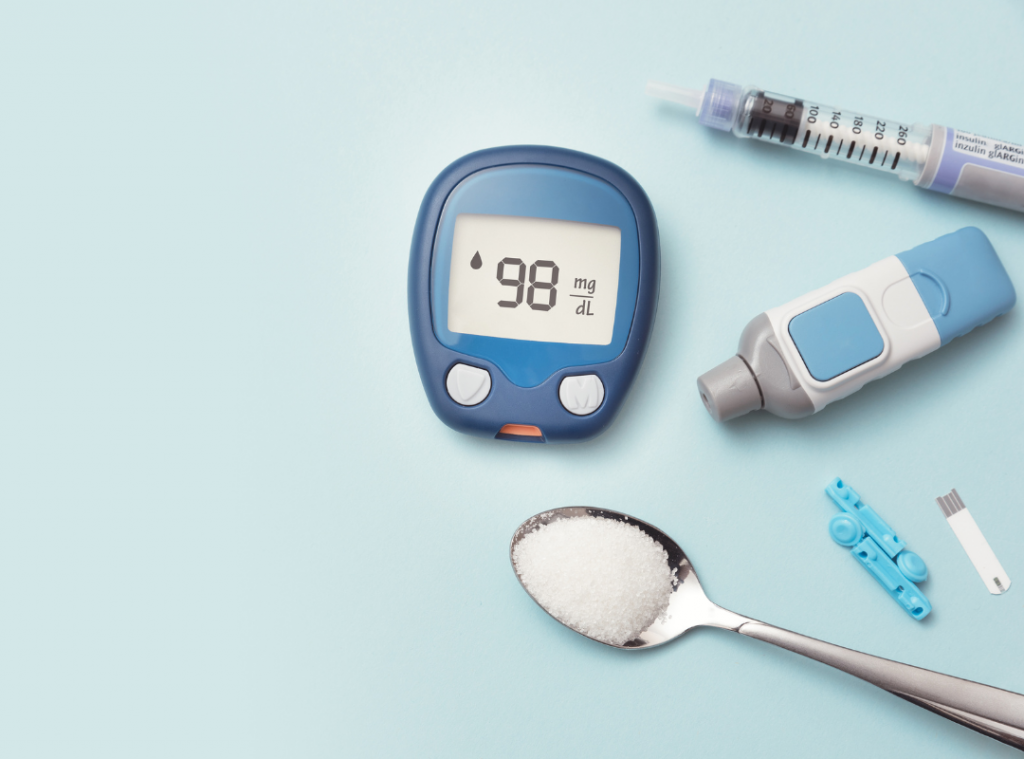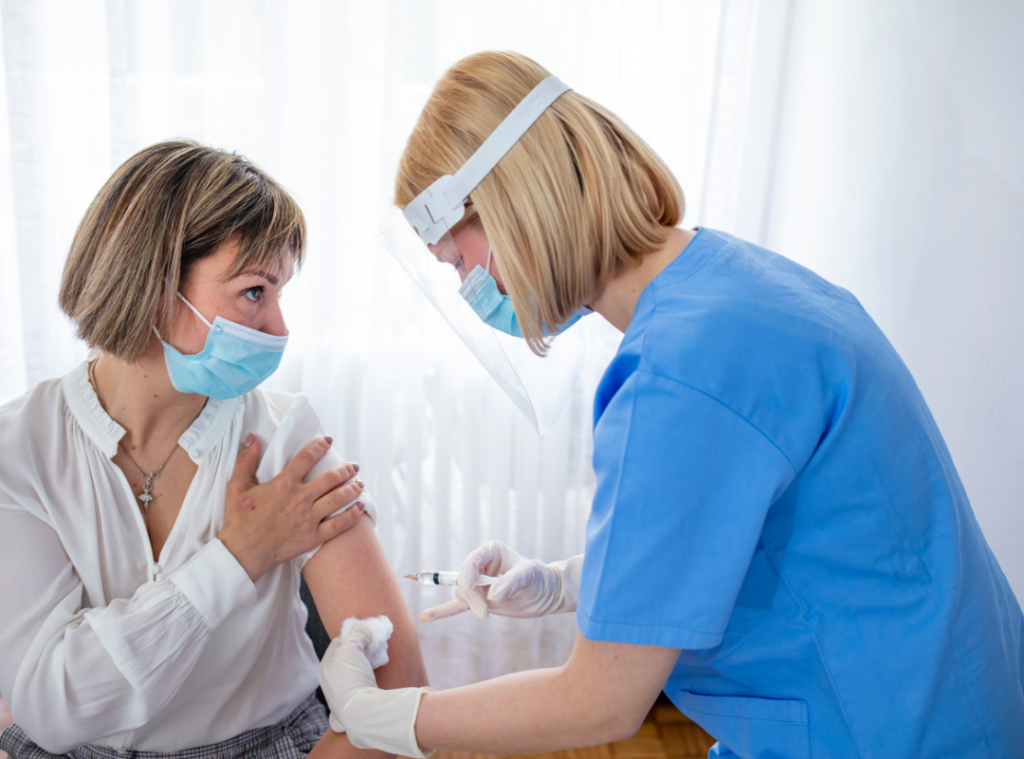If you’re a beginner in the field of clinical research, you may have come across the term “Clinical Evaluation Report” (CER). CERs play a critical role in the world of medical devices, ensuring these devices are safe and effective for patient use. This blog post will explain what constitutes a medical device, provide insight into what a CER is, and delve into the six main components of a CER.
Definition of Medical Device
A medical device encompasses any instrument, apparatus, machine, software, or other similar article intended by the manufacturer to be used for diagnostic or therapeutic purposes. Medical devices range from simple tools like bandages and thermometers to complex ones like pacemakers and MRI machines.
Overview of Clinical Evaluation Report (CER)
A Clinical Evaluation Report is a systematic and planned process that continuously updates the clinical evidence pertaining to a medical device. It plays a critical role in medical device development and regulation. A comprehensive CER ensures that the medical device is safe and meets its intended purpose effectively.

The Six Main Components of a Clinical Evaluation Report
- Device Description and Specifications
The first component involves providing a detailed description of the device, including its purpose and function. This includes details about its design, components, principles of operation, and proposed medical indications. A comprehensive device description helps regulators understand how the device works and its intended use.
- State of the Art and Safety and Performance
This component involves evaluating the device against the current state of the art. It includes reviewing existing similar devices and technologies, current treatment methods, and safety measures. The performance of the device is also evaluated in terms of its ability to achieve its intended purpose safely and effectively.
- Clinical Data
The third component requires collecting clinical data pertaining to the device. This includes both pre-clinical (laboratory and animal studies) and clinical (human trials) data. The data should provide evidence of the device’s safety, performance, and potential benefits and risks. It should also be specified if the data is based on the device being evaluated or for a comparable device. If it is for a comparable device, a justification of equivalence needs to be provided.
- Appraisal of Clinical Data
The collected clinical data must be critically appraised to assess its quality and relevance. This helps identify any gaps in the data, evaluate the methodology of the studies conducted, and understand the strengths and limitations of the evidence.
- Analysis of Clinical Data
After appraisal, the clinical data is systematically analyzed. This includes statistical analysis to determine the effectiveness and safety of the device. A thorough analysis is essential for drawing reliable conclusions about the device’s performance.
- Clinical Evaluation Conclusion
Finally, conclusions are drawn from the clinical evaluation. This includes a statement on whether the device achieves its intended purpose without posing undue risks to patients. The conclusion is crucial as it influences whether the device receives regulatory approval.

Case Study: CER in Practice
Let’s consider a hypothetical case study of a new cardiac pacemaker.
The device description would detail its design, components, how it works, and its intended purpose of regulating abnormal heart rhythms. The state of the art section would compare it to existing pacemakers, outlining any advancements.
The clinical data would include laboratory tests showing its electrical output and battery life, animal studies investigating biocompatibility, and human trials demonstrating its safety and efficacy.
The appraisal would critically evaluate this data, identifying any gaps or methodological flaws.
The analysis would statistically evaluate the data to ascertain the pacemaker’s effectiveness and safety.
Finally, the conclusion would state whether the pacemaker achieves its intended purpose safely and effectively, influencing its regulatory approval.
Conclusion
In conclusion, a Clinical Evaluation Report is a vital document in medical device development and regulation. Its six main components – device description and specifications, state of the art and safety and performance, clinical data, appraisal of clinical data, analysis of clinical data, and clinical evaluation conclusion – work together to ensure the device is safe, effective, and meets its intended purpose. Understanding these components is crucial for anyone involved in clinical research involving medical devices. As we continue to innovate and create more advanced medical devices, the importance of comprehensive and effective CERs only increases. It is encouraged to continue learning about CERs as they are essential in the field of clinical research.






